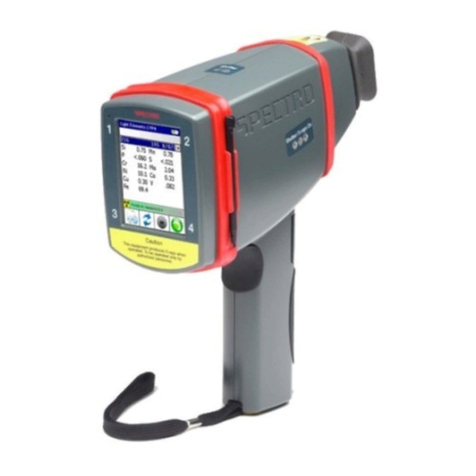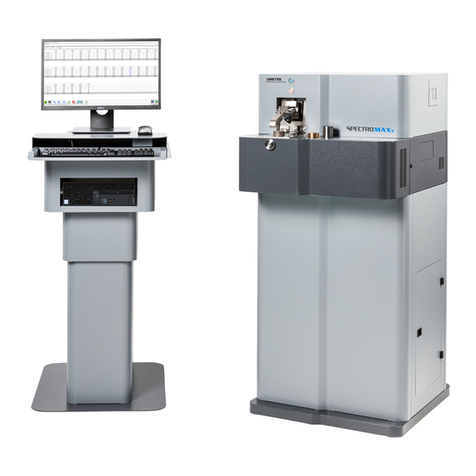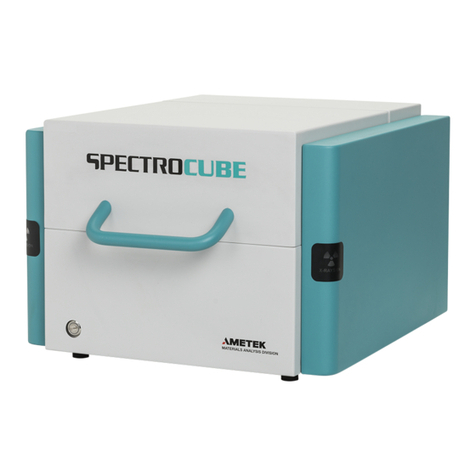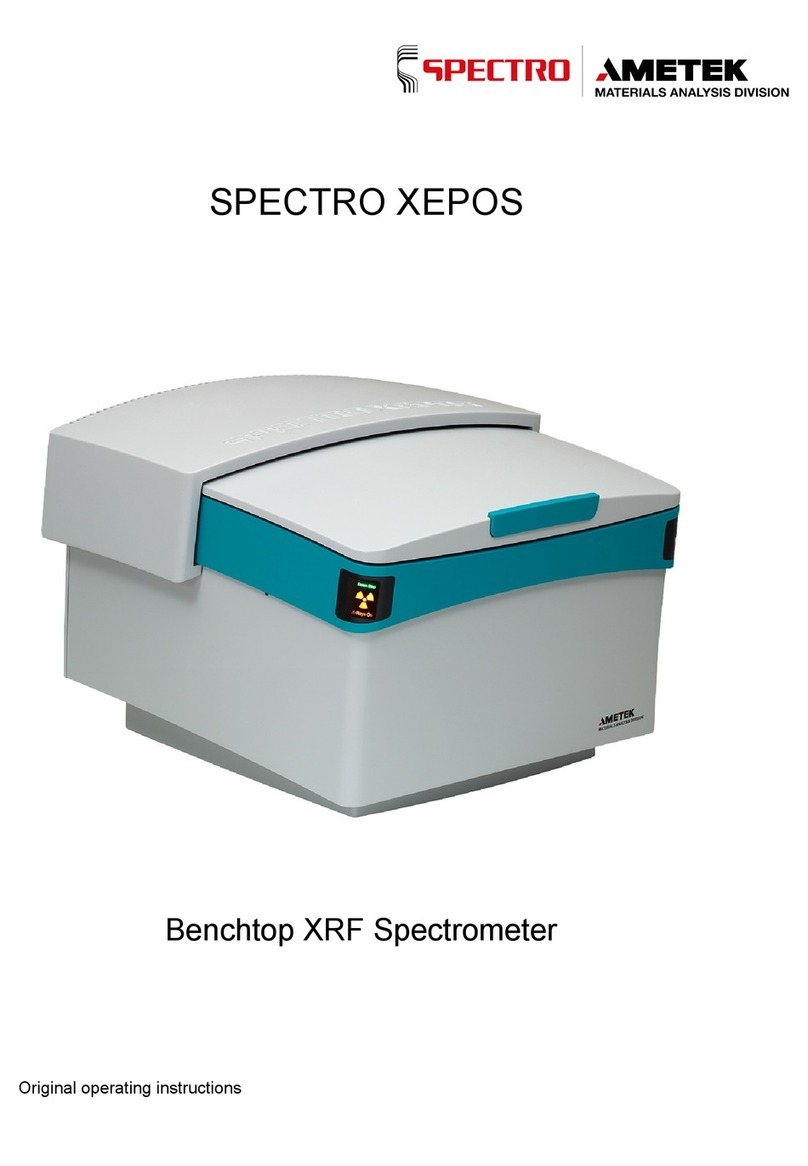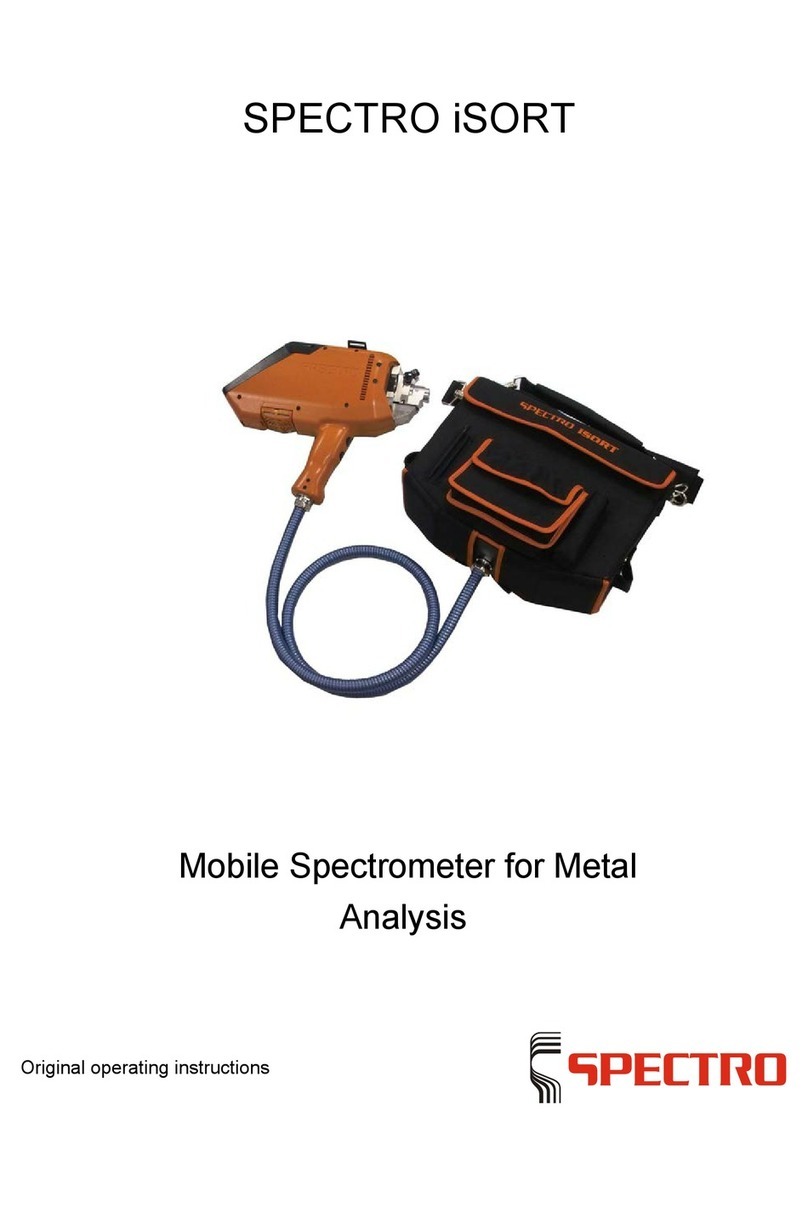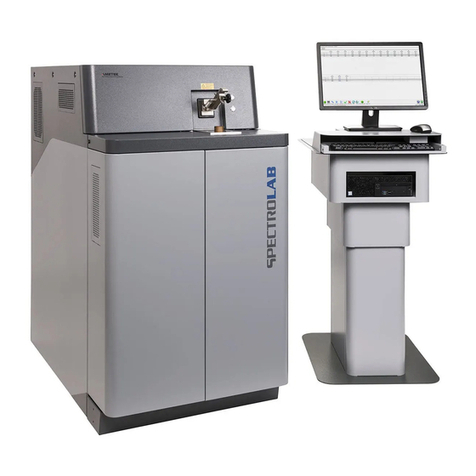
— 05.12.2017 —
Table of Contents
1Description of instrument ....................................................................................5
1.1 Description.......................................................................................................................... 5
1.2 Function.............................................................................................................................. 5
1.3 Overview............................................................................................................................. 6
1.3.1 Connections (rear)................................................................................................. 6
1.3.2Instrument.............................................................................................................. 7
2Safety..................................................................................................................8
2.1 Symbols used ..................................................................................................................... 8
2.2 User information.................................................................................................................. 9
2.3 Intended use..................................................................................................................... 10
2.4 Prohibited operating conditions ........................................................................................ 10
2.5 Residual risks.................................................................................................................... 10
3Technical data...................................................................................................13
4Transportation/Setting-up .................................................................................14
4.1 Set-up ............................................................................................................................... 14
4.2 Dimensions and weight..................................................................................................... 15
4.3 Gas supply (sparks operating mode)................................................................................ 16
4.3.1 Argon bottle fastening.......................................................................................... 17
5Operation..........................................................................................................18
5.1 General arrangement of display and buttons ................................................................... 18
5.1.1 Instrument............................................................................................................ 18
5.1.2 Brightness adjustment......................................................................................... 18
5.1.3 Sample probe...................................................................................................... 19
6Initial start-up ....................................................................................................21
6.1 Preparing the instrument for use ...................................................................................... 21
6.2 Switching on the instrument.............................................................................................. 21
6.3 Standby mode................................................................................................................... 22
6.4 Switching off the instrument.............................................................................................. 22
6.5 Measuring procedure........................................................................................................ 23
6.5.1 Preparing the measuring procedure.................................................................... 24
6.5.2 Proceed with the measurement........................................................................... 25
•Sample measurement, analysis.......................................................................... 25
•Example measurement, Sorting.......................................................................... 26
•ICALization of the measuring instrument (ICAL)................................................. 27
6.6 Replacing parts of sample probe...................................................................................... 28
6.6.1 General arrangement of test probe parts............................................................ 28
6.6.2 Changing the sample probe ................................................................................ 29
6.6.3 Changing the adapter.......................................................................................... 29
6.6.4 Changing the electrode ....................................................................................... 30












